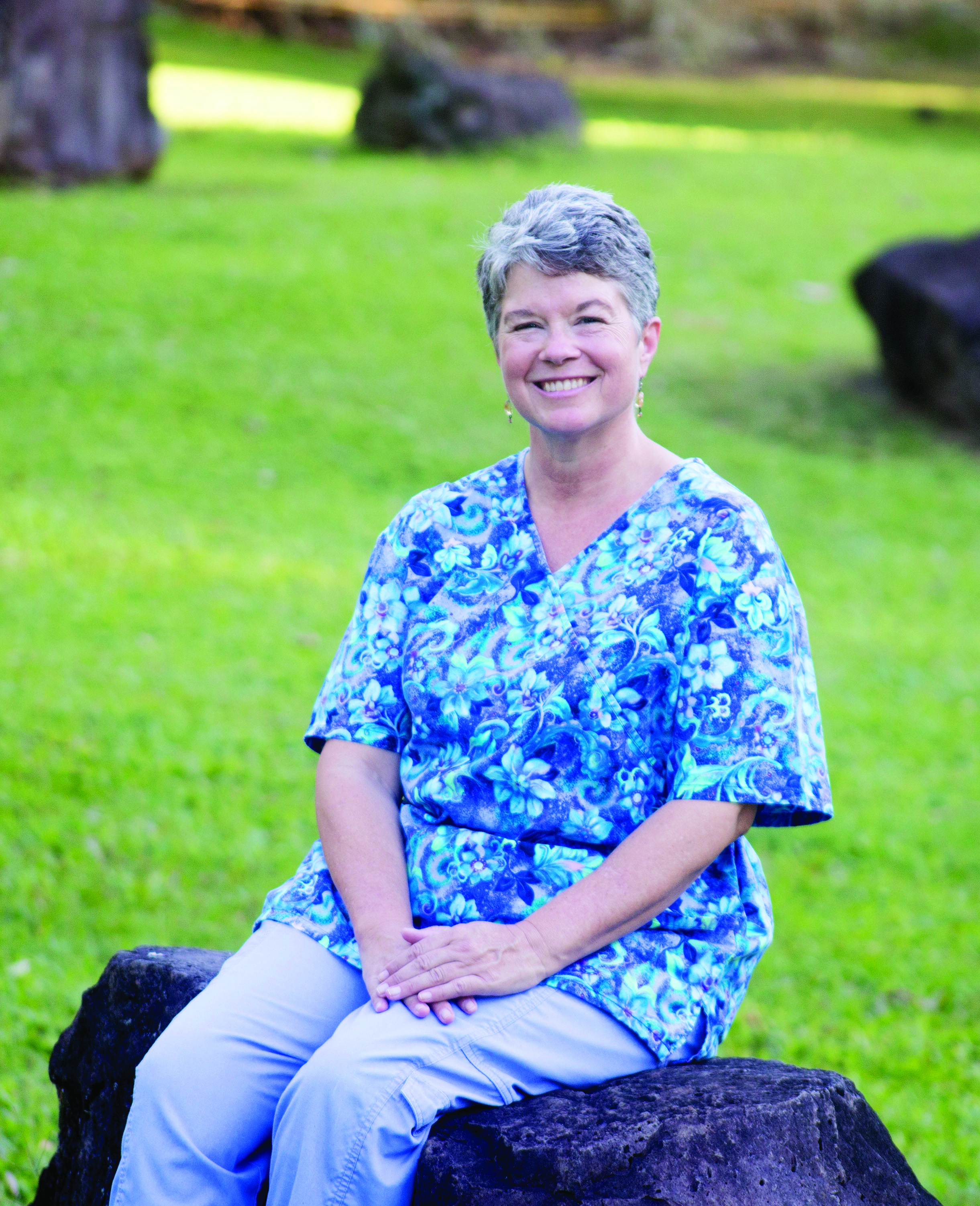Medical cannabis, a topic that remains largely unstudied in human trials in the United States, is slowly becoming introduced in areas of health care and oncology in states that have legalized it for medical and adult recreational use.
However, without a breadth of knowledge or research behind cannabis, healthcare professionals may be at a loss when patients ask about its medicinal use as part of their treatment protocols. Without the answers to rudimentary cannabis questions, many patients are forced to look elsewhere for information—which can often lead to misinformation, potential unwanted drug interactions, and more. As many as 25% of patients with cancer may be using cannabis in states where it’s legal; 60% of patients with cancer would like information regarding medicinal use of cannabis, yet only 15% received any information about cannabis from their doctor or nurse.
Additionally, the more common term marijuana itself carries with it decades of institutional, cultural, and societal connotations. Cannabis, the plant genus from which ingestible forms of marijuana are harvested, is actually three different plants—cannabis indica, cannabis sativa, and cannabis ruderalis. Cannabis sativa, often referenced for its psychoactive effects which are associated with the compound tetrahydrocannabinol (THC), has also been recognized as a potential medicinal treatment for pain and cramps in Chinese texts dating back to 3000 BC. Using a blanket term like marijuana to describe the effects of medicinal cannabis can rob any discussion of the scientific nuance needed to explore it.
Two nurses, among many, have recognized the gap in available education and knowledge, and they’re working to answer common—and uncommon—questions about medicinal cannabis use in cancer care.
The Human Endocannabinoid System
To understand and define medicinal cannabis use, oncology nurses need to start at the basic, molecular level to recognize the physiology of how cannabis works in the body. ONS 42nd Annual Congress speaker Carey S. Clark, PHD, RN, AHN-BC, associate professor of nursing at the University of Maine at Augusta and president-elect of the American Cannabis Nurses Association, encourages nurses to learn about the human endocannabinoid system (ECS) and its relation to the body.
“For some people, medicinal cannabis can look a little bit like a ‘snake oil’ treatment, as it seems to help with so many different health and illness issues,” Clark says. “This is why it is so important for nurses to understand the basics of the human ECS, which is the largest receptor system in the body. Our bodies make our own cannabis-like substances, namely 2-AG and anandamide, that interact with the ECS receptors—CB1 and CB2—to help maintain homeostasis throughout the entire body. When we have an endocannabinoid deficiency, or we aren’t making enough 2-AG and anadamide, we are more likely to become sick. At that point, we may need to supplement with exogenous phytocannabinoids—of which there are many; cannabis is just one—to help support our body’s ability to maintain homeostasis.”
ONS member Kristin Wohlschlagel, RN, CHPN, oncology, hospice, and palliative care nurse at Green Health Consultants in Lafayette, CA, notes that most medical professionals aren’t even aware of the ECS.

“One thing that made me realized a lack of acceptance and information was when I bought a $120 textbook—one of the top biology and physiology books used in medical colleges in the past five years—and there wasn’t a single reference to the ECS,” Wohlschlagel says. “Recently, I was communicating with a researcher, and I mentioned that there might be cannabinoid receptors on some tumor cells and B cells in patients with leukemia and other cancers, including HER2+ breast cancers. She immediately dismissed our conversation, saying, ‘I’m not interested in medicinal cannabis. I am interested in immunotherapy.’ When l mentioned that is exactly what I was trying to encourage this oncology investigator in Australia to know, the fact that cannabinoids are involved in immune function in some very important ways, I was met with silence. I wasn’t encouraging the use of cannabis at all, I was trying to discuss the cannabinoid receptors as it possibly relates to tamoxifen resistance in some HER2+ breast cancer cases as well as some other high-grade tumor types, because there’s research possibly linking the two. I realized then that had the scientists who’d discovered this receptor system named it something else—without a reference to the word cannabis—it would probably be fully ingrained in our medical culture by now.”
Both Wohlschlagel and Clark emphasize that the ECS plays a large role in maintaining homeostasis in the body. Although it gained its name from certain receptors binding with cannabis, other factors also support the health of the ECS.
“We can potentiate the optimal functioning of our ECS by exercising, reducing stress, manipulating our diets—particularly to include omega-3 fatty acids in balance with omega-6 fatty acids, caryophyllene, and flavonoids, of which most folks do not get enough—doing yoga or meditation, and receiving acupuncture or osteopathic treatments,” Clark notes.

The Benefits of Medicinal Cannabis in Cancer Care
Knowing how, where, and when medicinal cannabis can be used in cancer care can be complex. According to Clark, it’s highly dependent on state laws.
“Considering the 29 states that allow some form of medical or recreational use of cannabis, the herb is being used for everything from cancer palliation, to seizure management, issues related to glaucoma, end-of-life care, cachexia, Parkinson disease, and as a medicine to help manage opiate dependence and tolerance,” Clark says.
Beyond its association with symptom management, including pain and nausea control, some research studies have discovered that cannabis may cut tumor growth and size. This was found to be the case in mice in an American Association for Cancer Research study. Furthermore, small sample research administered THC to patients with glioblastoma and saw encouraging results. However, both studies recognized the need for further research in the area.
“Some patients with tumors in their brains or leptomeningeal regions from HER2-positive breast cancer have been reporting surprisingly good results when using THC-rich cannabis alongside conventional treatments like radiotherapy,” Wohlschlagel says. “I have met with the researchers involved in this, and patients were reporting results that correlated with what preclinical research indicated might happen. Beyond that, most of the success stories that I had seen previously indicated an association with the HER2-positive or triple-negative breast cancer cases, with fewer good responses on THC with the double-positive or ER- and PR-positive cases that were not also HER2-positive.”
Currently, medicinal cannabis drugs like dronabinol have been approved for use in patients with cancer to stimulate appetite. Moreover, other forms of medicinal cannabis have shown to ameliorate pain and reduce nausea and vomiting. However, the main issue facing medicinal cannabis is the need for further research, which is impacted by the current U.S. Drug Enforcement Administration (DEA) schedule I status of the plant.
Barriers Facing Cannabis Education and Research
Wohlschlagel’s journey to cannabis education was difficult in the beginning. She noticed a dearth of knowledge available about cannabis in clinical care.
“I work in Hawaii, which is a medicinally legalized state, but I noticed that we didn’t have any training related to cannabis, and, in fact, there weren’t even dispensaries nearby,” Wohlschlagel notes. “Other than the general awareness that medicinal cannabis had been used for pain and nausea control, there wasn’t much available. More to the point, people who were using cannabis were using the smoked form, which didn’t seem appealing for us to encourage.”
Through online resources, European research findings, and frank discussions among online medical groups, including the American Cannabis Nurses Association, Wohlschlagel found more and more information. However, she still recognizes the difficulty that oncology nurses face when searching for clinical resources about the ECS and cannabis use in practice.
Clark often fields questions from oncology professionals, many pertaining to dronabinol for patients with cancer.
“Dronabinol is a synthetic form of THC and is missing other components—namely cannabinoids and terpenes—that interact with the ECS and help support homeostasis,” Clark says. “Many patients cannot get dronabinol because the cost is prohibitive and their insurance will not cover the medicine. Eventually there will be more readily available pharmacologic-based cannabinoid medicines available to patients, but much of the research in this area is being thwarted by the federal status of cannabis as a schedule I drug.”
Schedule I drugs are defined as substances or chemicals with no identified or accepted medical uses. Currently, DEA categorizes cannabis alongside other schedule I drugs like heroin, lysergic acid diethylamide, methylenedioxymethamphetamine, and peyote. Identifying cannabis as such limits federally funded research, like studies through the National Institutes of Health and the National Cancer Institute, dedicated to understanding the drug’s potential clinical benefits and limitations.
The Future of Medicinal Cannabis
With every answer associated with medicinal cannabis, two more questions seem to follow. The available research is limited, and that means nurses have to take it upon themselves to be leaders in patient education and practice knowledge.
“Nurses need to educate themselves about the ECS and begin to get comfortable with how cannabis works in the body to share this knowledge with patients, their caregivers, and other healthcare professionals,” Clark says. “Nurses should be familiar with medicinal cannabis laws and programs in their state and how to refer a patient for a medical recommendation. Nurses should also educate themselves around dosing of cannabis for palliation, methods of ingestion, safety concerns, and medication interactions.”
“I’ve spoken with more than 600 patients who reported using cannabis in their breast cancer treatment,” Wohlschlagel says. “What was shocking was that these cases ran the gamut: some people were getting worse because they were avoiding conventional treatment in lieu of cannabis or attempting to self-treat with huge doses of THC-rich medicines but without any apparent success and were afraid to stop, even though it was clear they should. On the other hand, some were reporting stage 4 breast cancer that disappeared after introducing cannabis into their treatment. What’s important for patients to know is that this isn’t a magical cure for all cancer. But without further research, we have no way of even knowing what we’re able to offer patients.”
Oncology nurses will face increasingly frequent questions about medicinal cannabis use for their patients with cancer. As more states pass laws that relax drug prohibition on cannabis, more patients will come ready with questions—and it’s up to oncology nurses to be prepared with the answers they need.






